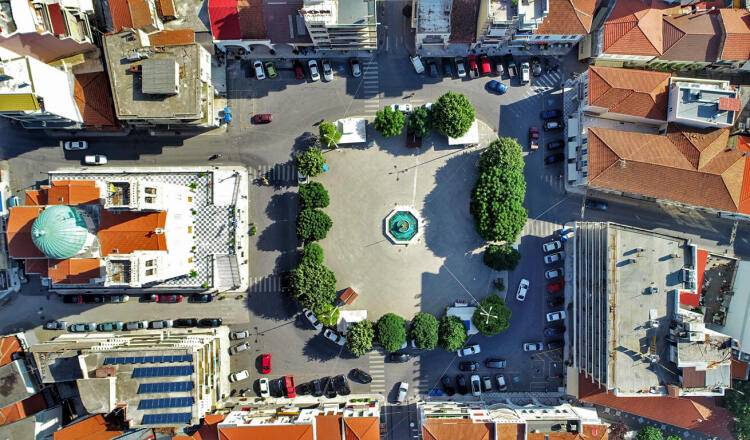
THE 300 SPARTANS (1962)
In 480 BC Spartan king Leonidas led an extremely small army of Greek Soldiers (300 of them his personal body guards from Sparta) to hold off an invading Persian army more that 20 times as large. The actial heroism of those who stood (and ultimately died) with Leonidas helped shape the course of Western Civilization.
DIRECTOR: RUDOLPH MATE
FILMING LOCATION:
KORINTHOS,
ATHENS



























